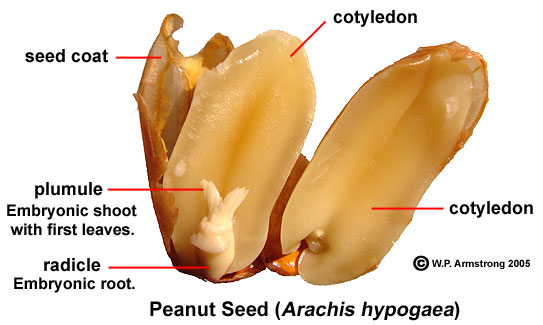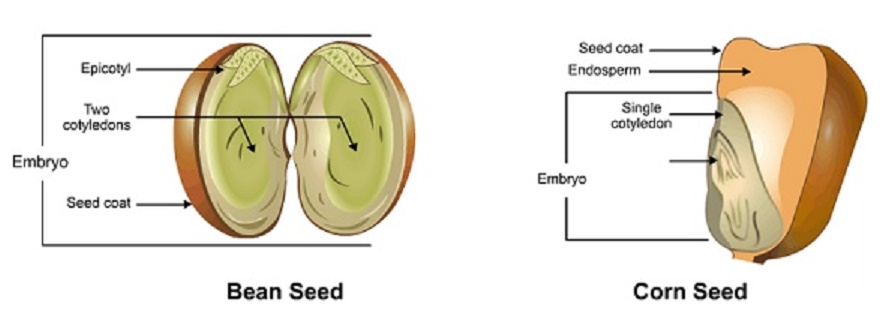Most food sources contain lectins in varying concentrations. However, we only know of two types of lectins that we need to be concerned about from a health perspective (i.e. prolamins and agglutinins), and to attain a low-lectin diet, the foods containing high amounts of these need to be either avoided or appropriately prepared to reduce their harmful lectin content.
• Grains. Wheat (wheat bran and wheat germ); includes: bulgur, durum, farina, graham, kamut, matzah, seitan, semolina, spelt), barley, rye, triticale (hybrid of wheat and rye); not so much in oats (unless they have been cross-contaminated with high-lectin grains, e.g. by being grown beside wheat, rotated with wheat crops or during processing). Grains are the seeds of grasses;
• Legumes. Soybean (contain soybean agglutinin (SBA)), peanuts (contain peanut agglutinin), beans (oval-shaped) and lentils (disc-shaped) are the seeds of plants of the Leguminosae family, which enclose their seeds inside pods. High lectin amounts are found in soy, peanuts, kidney beans, mung beans, lentils, fava beans, chickpeas, carob, green and yellow peas.
• Certain nuts and their oils. Especially cashew nuts; nuts are the seeds of trees;
• Other edible seeds. Especially sunflower, pumpkin, chia seeds;
• Dairy / dairy products from grain-fed A1 casein milk-producing cows (most grocery store cow milk). ~80% of milk protein is casein of which beta casein is the major type - having two forms A1 and A2; A1 casein is a lectin-like protein that converts to beta-casomorphin-7 (BCM-7), an opioid peptide that can trigger an immune system attack in the body.
In the U.S., 90% of milk is from A1 casein-producing Holstein-Friesian cows. A1 casein is also produced by Ayrshire and British shorthorn breeds; Goats and most Jersey and Guernsey cows produce A2 casein content milk.
Pasteurization reduces SIgA, an immunoglobulin that naturally binds lectins;
• Skins/seeds of nightshade family plants. White potatoes, eggplants, peppers, tomatoes
• Squash, pumpkins, zuccini
• GMO plant foods. GMOs often have lectins spliced into them to protect the plant from pests;
In plant seeds, lectins are mainly in the:
• Cotyledon within the seed embryo. Becomes first leaves of epigeal plants, which germinate above ground, E.g. soybean, peanuts, common beans, French bean, mustard, cress, sunflower, pumpkin, watermelon, cucumber, gourds). In hypogeal plants, which germinate underground, the cotyledon remains in the soil E.g. wheat, corn/maize, barley, broad bean, scarlet runner bean, green peas;

• The seed coat (bran). Fiber-rich multi-layered outer skin of seed

